Dual-SIM smartphones let you use two SIM cards in a single phone. Most people who use dual-SIM phones find the functionality useful for mixing work and pleasure, rather than carrying separate phones for their work and personal contracts.
Dual-SIM phones are also useful for maintaining two personal contracts, whereby one might offer a good rate on calls and texts and the other offers unlimited data. Or perhaps you frequently travel abroad and would like to carry a local SIM for when you're at home and another that is local to the country you're visiting.
These days, you don't always need two physical SIMs to achieve this dual-SIM functionality. For example, Google's Pixel 6 supports dual-SIM via eSIM, which means you can have one standard SIM installed in the phone and subscribe to another network via its eSIM. For more on this, see What is an eSIM?
Dual-SIM phones are incredibly popular outside the UK, but for some reason, us Brits have been left out of the dual-SIM party. This is one reason why the Chinese market has become a popular solution for picking up a dual-SIM phone.
Do bear in mind that many smartphones officially sold in the UK are single-SIM variants, whereas alternative models of that very same phone sold elsewhere in the world are dual-SIM. If you have a specific phone in mind, a good place to check is Amazon for any dual-SIM variants of that phone.
1. Samsung Galaxy S22 Ultra
- Excellent camera
- Phenomenal display
- Stylus support
Cons
- Bulky
- Expensive
- Slower charging than key rivals
From $1,199
The Galaxy S22 Ultra doesn't feel like an S22 at all - in fact this is more like a covert revival of Samsung's once-loved Note brand, with a distinct design from its S22 siblings and a built-in slot to store the included S-Pen stylus.
The camera is one of the best in any phone, with a 108Mp main shooter backed up by an ultrawide and two telephoto lenses at different zoom levels - with the zoom performance particularly improved on previous models.
The expansive 6.8in LTPO AMOLED display delivers both high WQHD+ resolution and adaptive refresh rate up to 120Hz, and with S-pen stylus support it comfortably fills the productivity niche of the former Note phones.
Read our full Samsung Galaxy S22 Ultra review
2. Google Pixel 6 Pro
- Pixel camera
- Google's best software
- Beautiful display
Cons
- Divisive design
- Big and heavy
$899
Pixel phones are usually all about the camera, and in that sense not much has changed for the 6 Pro. Which isn't to say the camera's stayed the same - now packing a 48Mp main lens along with an ultrawide and a periscopic telephoto, this is the most powerful Pixel camera yet.
It's bolstered by AI smarts driven by Android 12 and Google's new Tensor chip, and few phones can rival the photographic output here.
You'll have to put up with slow charging (and buy your own charger to boot), and accept the fact that this is a big phone with a divisive design - you may well love it, but there are plenty out there who don't.
Read our full Google Pixel 6 Pro review
3. Oppo Find X5 Pro
- Beautiful, unique design
- Powerful camera combo
- Brilliant display
- Great software
Cons
- Big and heavy
- No periscope lens
- Expensive
Unavailable in the US
The Oppo Find X5 Pro is a beautiful, powerful phone that delivers just about everywhere it counts.
Compared to other recent flagships, this feels like an all-rounder: you get an excellent display, strong performance, decent battery and charging, and a powerful camera - all wrapped in a fairly unique design.
Read our full Oppo Find X5 Pro review
4. Samsung Galaxy S22+
- Strong camera
- Beautiful design
- Long-term software updates
Cons
- Middling battery life
- Poorer value than rivals
$999
Don't think of the S22+ as a poor man's S22 Ultra - Samsung has used its Goldilocks model to strike a super balancing act of specs and features that comes with few flaws.
As a result, you get some of the best performance found in an Android phone currently, a glass-bodied design, and the latest Android 12 (dressed in Samsung's own One UI 4.1, at launch) with a commitment to years of software support.
The battery life is a little inconsistent, and some of the camera features will likely benefit from firmware fixes over time, but this remains an excellent example of what we can hope for from 2022's Android flagships.
Read our full Samsung Galaxy S22+ review
5. OnePlus Nord 2
- Excellent software
- Great design
- Strong all-rounder
Cons
- Only 90Hz display
- Slightly thick
Unavailable in the US
An outstanding follow-up to 2020's best mid-range phone, with great performance, 5G, OnePlus's signature Oxygen OS user experience, and a near-flagship main camera. What's not to love?
What the OnePlus Nord 2 really demonstrates is the company's ability to prioritise the features that users are looking for right now and wrapping them up in an attractive package with a compelling price point.
The Nord 2 misses out on flagship niceties like wireless charging and waterproofing, but those are really the only compromises made here.
Read our full OnePlus Nord 2 review
6. Xiaomi 12
- Compact design
- Excellent performance
- Solid main camera
- Fast wired & wireless charging
Cons
- Middling battery life
- No IP rating
- No telephoto lens
From $749
The Xiaomi 12 is a compelling flagship smartphone. Its compact form factor will appeal to those who don’t want a huge handset and, overall, the design looks and feels great.
You also get some high-end specs, such as the Snapdragon 8 Gen 1 chip, an AMOLED screen with 120Hz refresh rate, and speedy 67W charging. It’s also got a solid main camera, along with a good ultra-wide shooter, but few buyers will be excited by a telemacro lens.
While there’s lots to like about the Xiaomi 12, it still has no waterproofing, and battery life is nothing special.
Read our full Xiaomi 12 review
7. OnePlus 10 Pro
- Impressive fast charging
- Great battery longevity
- Clean user experience
Cons
- Camera inconsistencies
- Divisive design details
- No IP certification
$899
The OnePlus 10 Pro offers up one of the best displays on the market right now, delivers great top-tier performance, exceptional battery life, a slick user experience and a standout - albeit somewhat divisive - design.
The phone's biggest weakness is, as ever, its camera, which like so many OnePlus flagships before it, will likely require numerous post-launch patches to bring it in line with competitors.
8. ZTE Axon 30 Ultra
- Incredible camera
- Stunning screen
- Svelte design
- Great value
Cons
- No wireless charging
- No microSD slot
From $749
The ZTE Axon 30 Ultra is a stunning proposition and offers buckets of value. It’s a genuinely exciting flagship smartphone in practically every department: it’s lightweight, feels great in the hand, the 144Hz 6.67in AMOLED display is detailed and crisp, the Snapdragon 888 allows it to perform like a gaming phone and, well, that camera setup is incredible.
Comprised of three 64Mp snappers and a 5x telescope lens, the Axon 30 Ultra’s rear camera offering is versatile, and unlike some, images captured across all sensors are comparable in terms of quality, detail and colour balance.
There are plenty of creative shooting modes available to make the most of the system, and it caters to videographers with 8K@30fps video recording too.
The results are comparable to those taken on ultra-premium smartphones like the Galaxy S21 Ultra and iPhone 12 Pro, but with one key difference – it’s hundreds of pounds/dollars cheaper.
The software could do with a visual tweak here and there and there's no wireless charging, but those are minor complaints in what is an otherwise phenomenal 2021 flagship.
Read our full ZTE Axon 30 Ultra review
9. Poco X4 Pro 5G
- Affordable
- Stunning design
- Flagship-level 120Hz AMOLED display
- Capable 108Mp camera
Cons
- Plastic body
- Occasional lag
Unavailable
The Poco X4 Pro 5G is a huge upgrade over its predecessor in terms of features and design, with a premium look and feel despite the plastic body. The 120Hz AMOLED display is bright, vibrant and buttery-smooth, with one of the smallest camera cutouts we’ve seen.
While the refresh rate isn’t adaptive like premium alternatives, the phone can still comfortably last more than a day with average use, and when it does need a top up there's 67W fast wired charging (with the necessary charger supplied in the box).
The 108Mp camera is a real treat too, offering impressive detail and colour representation in well-lit environments, although the lack of OIS means night photography could be improved. The accompanying 8Mp ultra-wide is handy, but the same can’t be said for the 2Mp macro lens.
The internals are mid-range, with Qualcomm’s Snapdragon 695 leading the show, but performance is very decent for the money. A tempting option for the cost-conscious.
Read our full Poco X4 Pro 5G review
10. Xiaomi Redmi Note 10 Pro
- Stunning 120Hz AMOLED display
- Long battery life
- Excellent cameras
Cons
- No 5G
- No OIS
- Huge camera bump
- MIUI not for everyone
$379
The Redmi Note 10 Pro is essentially an upgraded Poco X3 NFC with a nicer display and better camera.
The 6.67in 120Hz panel boasts AMOLED tech, meaning superb contrast and vibrant colours. The 108Mp lead camera, meanwhile, excels and comes accompanied by a pair of secondary snappers that exceed expectation.
Fun extras like 33W fast charging, a headphone jack and even an IR blaster elevate the Redmi Note 10 Pro from good to great budget offering, considering what Xiaomi's incorporated here.
Read our full Xiaomi Redmi Note 10 Pro review
11. Realme GT 2 Pro
- Great performance
- Rapid charging
- Good value
Cons
- Underwhelming camera quality
- Graphical discrepancies
- Prone to heat build-up
- Plastic
Unavailable in the US
While the Realme GT 2 Pro has its flaws, there's a lot to get excited about here.
Not only is it among the first phones in the world to offer a Snapdragon 8 Gen 1, it's the first example of Realme pushing past Full HD+ resolution (while also showcasing advanced LTPO 2.0 tech) in order to deliver a more premium experience to users. It also ushers in improved long-term software support, further improving the company's existing value-for-money proposition.
The company hasn't stopped there, however, with green credentials that include integrating biopolymer into the phone's design, the move to near plastic-free packaging (21.7% down to just 0.3%) and the fact that, in terms of sustainability, the GT 2 Pro is also the world’s first TCO 9.0-certified phone.
The Realme GT 2 Pro pushes the envelope, but not necessarily in the ways you might expect, and while the camera could be better and typical top-tier flagship features (like water resistance and wireless charging) are still missing, this phone is a promising sign of what's to come.
Read our full Realme GT 2 Pro review
12. Asus ZenFone 8
- Compact build
- Snapdragon 888
- IP68 waterproofing
Cons
- Plain design
- Weak battery life
From $629.99
Like the Realme GT, the Asus ZenFone 8 is in many ways a proper flagship phone - it's simply one that's been priced aggressively enough to make the cut in our mid-range chart.
You get flagship features like a Snapdragon 888 chipset, fast RAM, and even an IP68 water-resistance rating - though there's still no wireless charging, sadly.
It's also lightweight and compact, with a 5.9in display and weighing just 169g, making it one of the smallest Android phones around - though sadly this does come with an inevitable compromise on battery life.
We much prefer the ZenFone 8 to the more expensive ZenFone 8 Flip, though that phone does boast a neat flipping camera module.
Read our full Asus ZenFone 8 review
13. Xiaomi Poco F3
- Superb performance
- Excellent OLED display
- Impressive cameras
Cons
- Underwhelming battery life
- MIUI not for everyone
From £329 (around $460)
The Poco F3 is a cracking mid-range phone. Stellar hardware is led by Qualcomm’s 5G-enabled Snapdragon 870 chipset, which delivers excellent performance across the board.
That extends to gaming, where the 120Hz OLED display comes into its own. However, that high refresh rate does hit battery life, especially when you’re working with a smaller capacity than the Poco X3 Pro. The software is also still an acquired taste, despite big steps forward for MIUI in recent years.
A premium design and solid set of cameras make for an excellent smartphone experience, but the strength of the competition makes it more difficult to recommend.
Read our full Xiaomi Poco F3 review
14. Poco M4 Pro
- AMOLED display
- Improved 64Mp camera
- Easy-to-manage design
- Solid battery life
Cons
- No 5G
- Not exceptional in a competitive field
- Pointless macro lens
Unavailable in the US
The Poco M4 Pro takes things in a surprisingly different direction to the Poco M4 Pro 5G (below). Though you may lose 5G connectivity, you gain quite a bit more in return.
It enables the inclusion of the first AMOLED display in the series, as well as the first 64Mp main camera.
It’s debatable whether the Poco M4 Pro’s unique design is any better than its brother’s, but the fact that some effort has gone into making it different is worthy of praise. It’s undeniably a little more compact and thus easier to use single-handed, too.
Throw in more generous RAM and storage options, and you have a well-equipped budget phone that just feels that tiny bit more premium than its close brother.
15. Realme 9 Pro+
- Unique rear design
- Two-day battery life
- Strong main camera
Cons
- Other lenses are unimpressive
- No IP rating
- Inconsistent charging speeds
Not available in the US
The Realme 9 Pro+ has some notable features for a mid-ranger, with an impressive main camera lens, an aesthetically pleasing design, a decent battery life, and user-friendly software.
The inconsistent charging and underwhelming secondary cameras make it clear that this isn't quite the flagship killer that Realme is promising, but at this price it was never going to be.
For sub-£350 there is still a lot to enjoy – it all depends on what you’re willing to compromise on.
Read our full Realme 9 Pro+ review
How do dual-SIM phones work?
Something we've noticed when shopping for dual-SIM phones is that the manufacturer very rarely provides any information about the functionality other than it exists. It doesn't tell you how the dual-SIM functionality works in practice, nor whether both SIMs support 4G/5G, or even what size SIM cards they accept.
You can never assume; you'll need to contact the manufacturer or check spec tables, reviews or forums to find out this information.
In all the dual-SIM phones we've tested, both SIMs are on standby at all times (known as dual-standby phones), but you can actively use only one SIM at a time. This means that either SIM can accept a phone call or text at any time, without you having to actively swap between them or reboot the phone.
However, if you get a call on one number while a call is active on the other, it won't start ringing in your ear or give you the option to put the first caller on hold - the call will simply not be successful.
What is the difference between Dual-Standby and Dual-Active?
Dual-active SIM phones use two modems and allow you to receive calls on both numbers at once.
If it's you who wants to make a call or send a text, Android has a standard SIM Management menu that lets you specify which SIM should be used for voice calls, video calls, messages and mobile data. You can either specify a particular SIM for each of these tasks, or leave the setting as 'Always Ask'.
The data connection is where there seems to be a lot of confusion when it comes to dual-SIM phones. Whereas both SIM slots on some dual-SIM phones are capable of supporting 4G or 5G connections, you can use data connectivity on only one SIM at a time.
Unlike with calls and texts, typically speaking the data connection can't be on standby for both SIMs; you must specify which SIM you want to use rather than select one when prompted - though some phones will let you set them to switch to the other SIM when the first can't make a connection.
By default, when you are using the data connection on one SIM and a phone call comes in to the other, it will pause the data connection on the first.

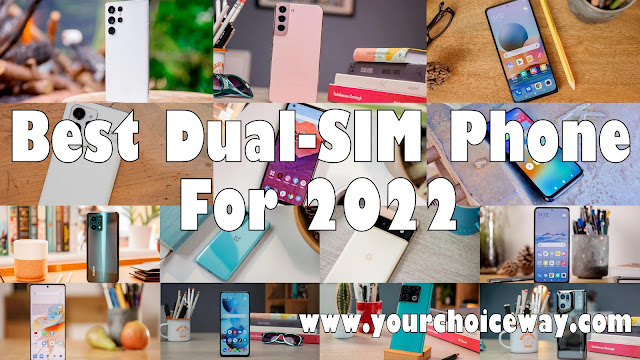
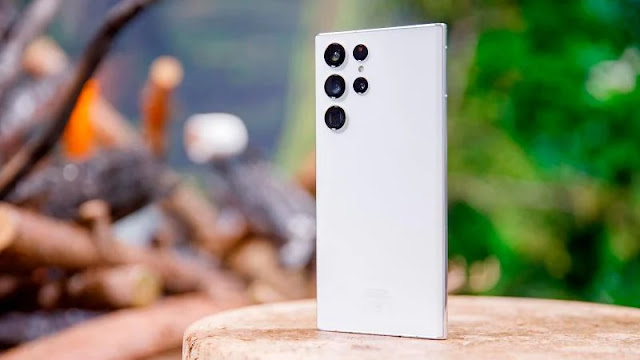











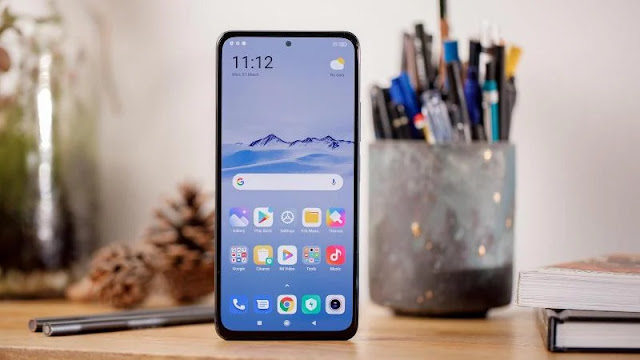

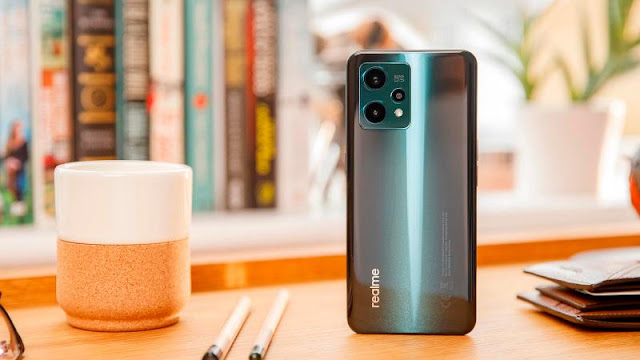


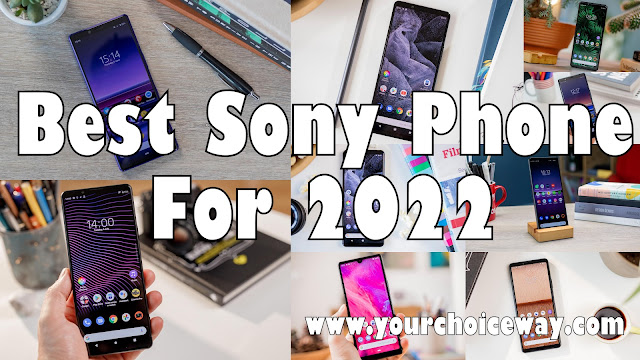







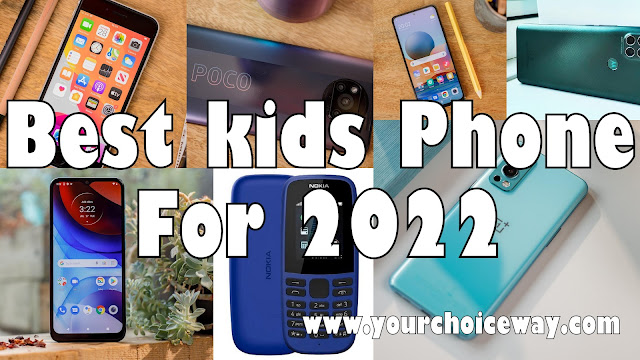



thnks
ReplyDeleteThese are SIM cards planned for IoT, but they're still built on the spine of conventional SIM cards. So, you'll get the highlights you wish to keep your IoT SIM gadgets associated and reasonable, without the additional overhead of strength. These work well for IoT gadgets in calm, less cruel situations.
ReplyDeleteThankyou for provided information about the World SIM and this information is really very impressive. I am also using International Expat SIM Card. Thanks for taking the time to discuss on this topic, I feel strongly about it and love learning more on this topic. Thank you for sharing your wonderful thoughts with us.
ReplyDeleteThankyou for provided information about the World SIM and this information is really very impressive. I am also using International Expat SIM Card. Thanks for taking the time to discuss on this topic, I feel strongly about it and love learning more on this topic. Thank you for sharing your wonderful thoughts with us.
ReplyDeleteThankyou for provided information about the World SIM and this information is really very impressive. I am also using International Expat SIM Card. Thanks for taking the time to discuss on this topic, I feel strongly about it and love learning more on this topic. Thank you for sharing your wonderful thoughts with us.
ReplyDelete